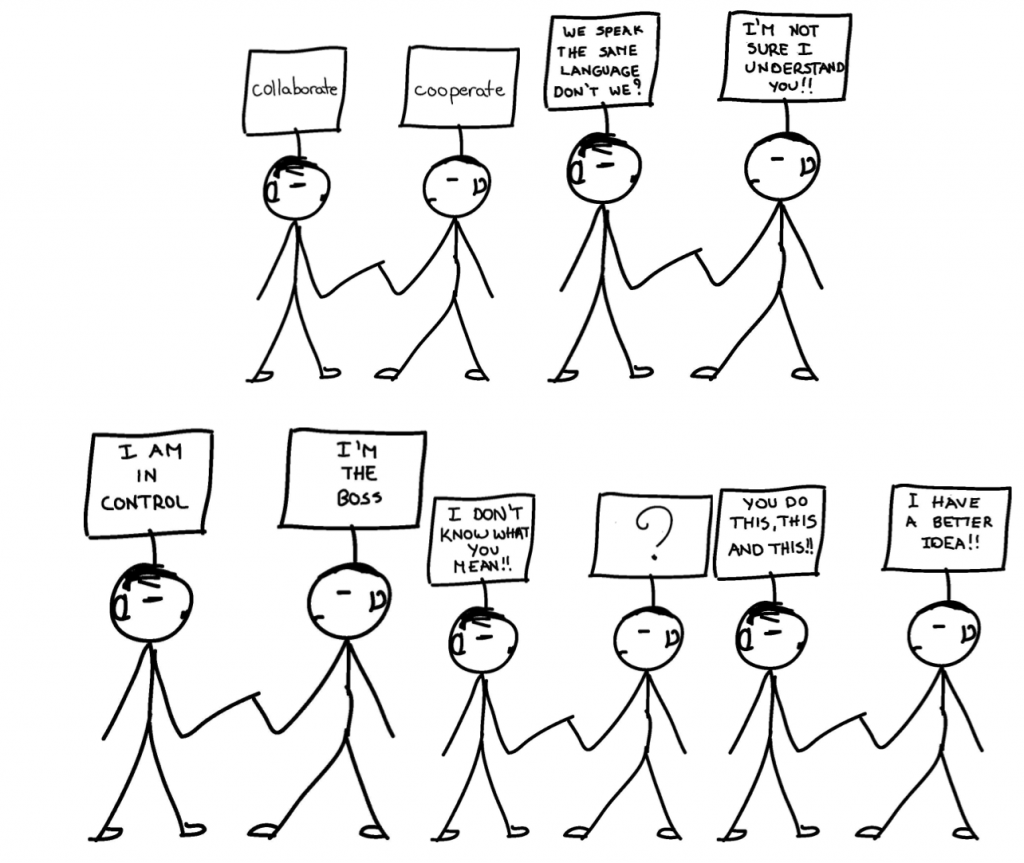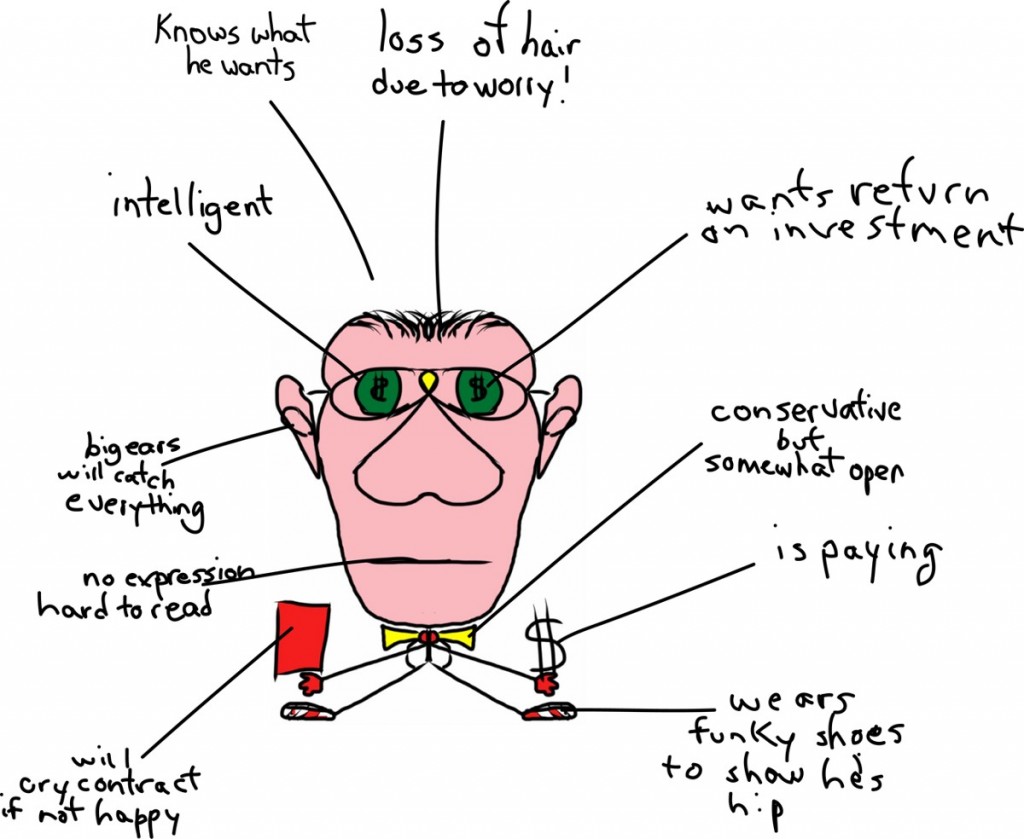A common theme I hear from learners is how they don’t want to work with so and so ever again, or because of rumours, they don’t want to work with them at all, ever. In the real-world we seldom get that choice or make it unless you start out with your own vision and build a team of ‘friends’, but all this is easily tempered by our need for work vs. how picky we are at who we work with. Regardless, you might be in for a surprise, because you never really know how it’s going to go with a particular person until you’re collaborating, no matter what the rumours. I’ve seen some of the best work come from individuals who prior to engaging did not want to work together. Surprise surprise. They either clicked right away, learned how to mitigate each other and/or the rest of the team also kept them civil. Even when you choose to work with those people you know and those who you know you work well with, it’s always a good idea to give all potential collaborators the benefit of the doubt. It’s good practice when you’re in a learning environment to be able to work with what you consider are difficult personalities because it prepares you for what it’s really like in that place we call the real-world. What war stories do you have from working with others and what did you learn?




